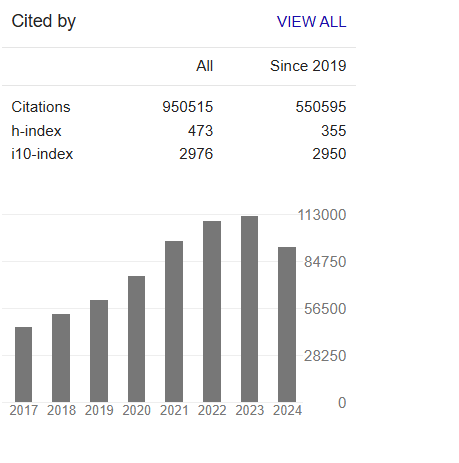Isolation and Characterization of Xenobiotic Pesticide Degrading Bacterial Species in Flower Farms Around Lake Naivasha, Kenya
Abstract
Saphan Ochieng Anode, Justus Onguso, Gabriel Magoma and Tesfamichael Abraha
Certain microorganisms especially bacteria and fungi are able to use xenobiotic organic compounds as their carbon and nitrogen source for metabolism. Flower farms around lake Naivasha basin uses several agrochemicals especially pesticides to control pests and improve flower production. The aim of this study was to isolate and characterize morphologically and biochemically the main bacterial species that are able to grow and tolerate the pesticide contaminated farm soils. Soil samples were collected from randomly selected five greenhouses from each five flower farms namely Crescent, Elsamere, Karuturi, Malewa and Sewage farms around Lake Naivasha basin. The collected samples were processed for bacterial isolation using the nutrient agar, mac’ Conkey agar, blood agar, Luria-Bertani and Minimum Salt Media nutrient media. The conventional methods of swabbing and streaking were used. Pure colonies of isolates organisms were identified and characterized using standard microbiological technique. Morphological, cultural and biochemical characterization of bacterial species isolated from the flower farm soil samples identified mainly Pseudomonas auriginosa, Escherichia coli, Rhodococcus erythropolis and Bacillus subtilis species. Bacterial growth in pesticide consortia was quantified by monitoring colony growth of the species in liquid culture over time. The viable cell counts were determined turbidimetrically at O.D696nm. All the isolated bacterial species were able to grow in flower farm soil contaminated with organochloride and organophosphate pesticide residues. B. subtilis recorded the highest growth at 1.77±0.07 O.D696nm in pesticide mixture consortia. There was lower growth in organochloride pesticide consortia as compared to organophosphate pesticide consortia.



